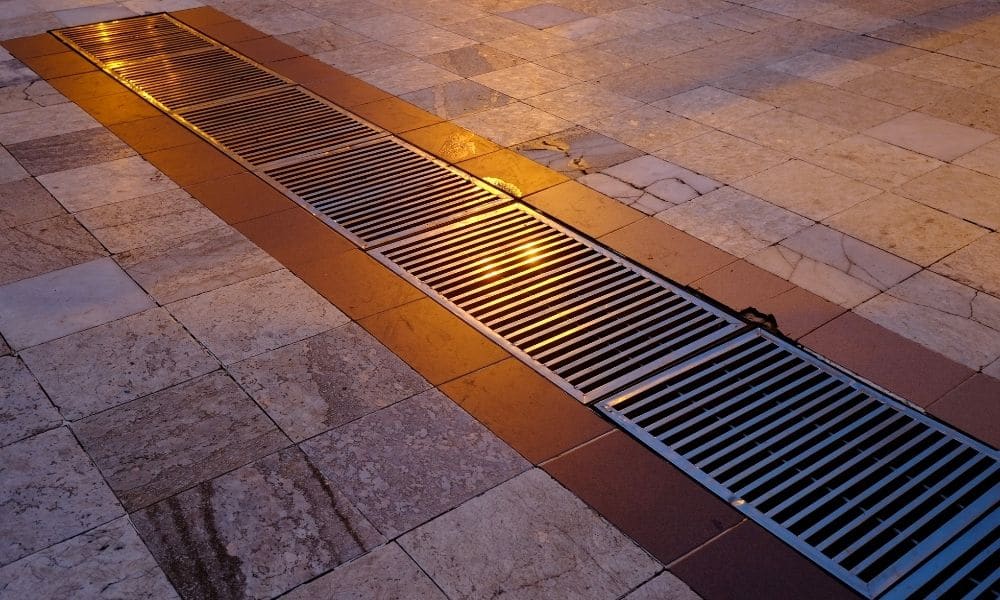
We all see grates on a daily basis when walking, driving, or even riding a bike down the street. It’s easy to take them for granted, but without drainage grates, drainage systems couldn’t work, leaving our streets flooded with excess water. Each grate is designed to suit specific areas. Understanding the different types of trench drain grates is essential in choosing the right type for the job. Let’s look at each of these types.
Regulations for Drainage Grates
Because drainage grates are found in commercial and public places, there are laws and requirements in place to keep the public safe—namely, the ADA standards and load and class requirements.
ADA Requirements
The Americans with Disabilities Act (ADA) created specific standards for drainage grates to ensure people with disabilities aren’t hindered should a grate be in their path. For instance, per these requirements, things like holes in the grates must adhere to a safe size. This prevents wheelchairs or canes from getting stuck.
Loads and Classes
Grates see high traffic, including from cars and trucks. Every grate is classified into a load class standard for the safety of the roads and those on the roads.
Trench Drain Grates
A trench drainage system is an elongated drainage system embedded in the ground and covered with a grate for draining. They’re designed to control excess surface water. Three common types you’ll often see are standard, heel proof, and decorative.
- Standard — Handles medium water flow, has excellent hydraulic capacity, and is a good choice in heavy clay areas due to wider openings.
- Heel-proof — Best for very low water flow and is designed with extra small openings to protect heels from getting stuck, but also offers added safety for cane users.
- Decorative — Designs vary as does water flow abilities. Decorative grates are made with aesthetics in mind.
Horizontal, Vertical, and Diagonal Alignment
The holes in each drain grate are created with either a horizontal, vertical, or diagonal alignment, with the exception of decorative grates, which vary in design. Let’s look at how each functions and serves its purpose.
- Horizontal alignment — Sometimes referred to as a cross-drain and designed for low water flow, horizontal alignment is very efficient but not always bicycle-friendly.
- Vertical alignment — Vertical alignment is considered the standard and is what you’ll see most often in cities. They handle the low water flow needs of a city and are easily crossed when riding a bicycle.
- Diagonal alignment — Designed for average water flow and rate, similar to both horizontal and vertical grates.
The different types of trench drain grates are built with approved materials, such as cast iron, polymer, galvanized steel, or ductile iron, and—as mentioned—must meet ADA and load class requirements.
Specializing in polymer concrete systems, ABT products meet the highest standards, and our drainage systems are the most advanced in the industry. Contact us about our industrial trench drain systems and your drainage system questions.